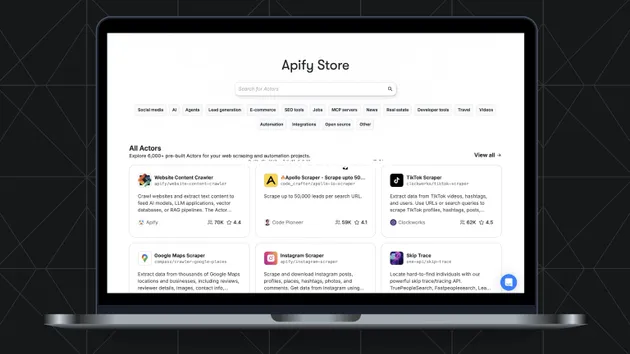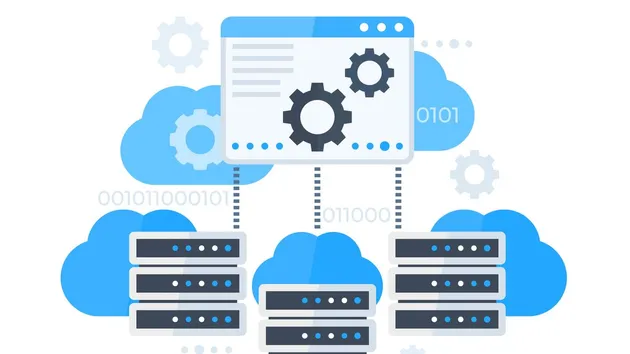Failed Runs Monitor
Pricing
Pay per usage
Failed Runs Monitor
This actor will let you know about failed or time outed runs of your actors and tasks via Slack or email. It can also notice you about successful runs with empty dataset, check JSON schema of dataset items, or about runs that are running for too long.
Pricing
Pay per usage
Rating
0.0
(0)
Developer

Jan Novotný
Actor stats
3
Bookmarked
19
Total users
2
Monthly active users
9 months ago
Last modified
Categories
Share




